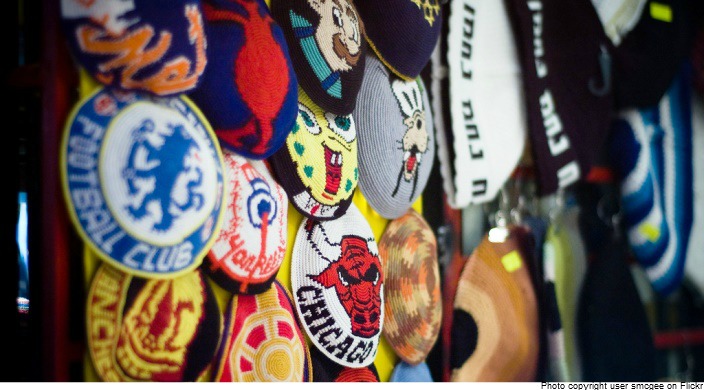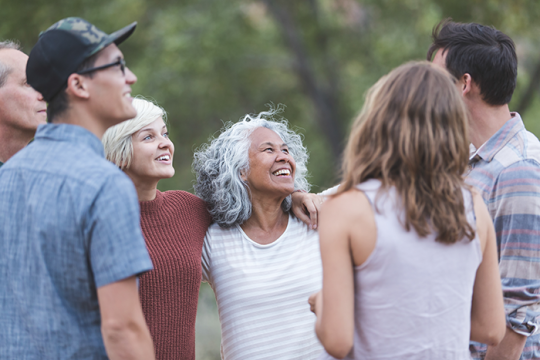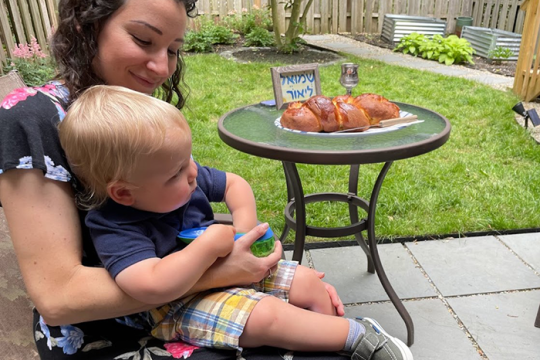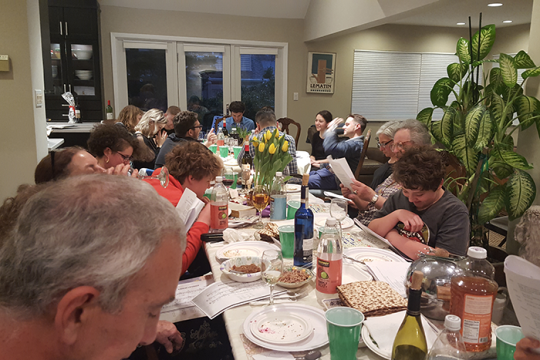
It’s not impossible, but it is difficult this year to avoid calling the beginning of Hanukkah by its special, one-time name: Thanksgivukkah! For any family that has, in the past, exchanged Hanukkah gifts or lit an early hanukkiyah while they were together at Thanksgiving, this year is for you. On November 28th, we’ll light candles and share Hanukkah on time while also enjoying a holiday at which Americans extend their hospitality to relatives, friends, and neighbors for a massive feast. Sweet potato latkes are in order!
In late October, I led a Shabbat discussion about Rebekah’s kindness and hospitality shown to Eliezer, Abraham’s servant, and the relationship of those values to a recently published study, “A Portrait of Jewish Americans: Findings from a Pew Research Center Survey of U.S. Jews.” As it turns out, Thanksgiving is actually a perfect illustration of what now seems to be the place of Jews in America.
The Pew study shows that members of the Jewish community and Jewish households are generally comfortable and well-educated. We experience much less anti-Semitism than in the past, while understanding that prejudice still exists and recognizing that incidents that reflect anti-Jewish bigotry still occur. Less than half of American Jews belong to a congregation, and most of those who do belong are moving toward a Jewish life that offers more personal choice.
According to the study, “essential” elements of being Jewish in America in 2013 include remembering the Holocaust, leading an ethical/moral life, working for justice and equality, being intellectually curious, caring about Israel, and having a good sense of humor (!). A wide range of beliefs about God exist, with many American Jews noting that they see God as a “universal Spirit.” About half of those surveyed know the Hebrew alphabet, and 13% understand most of the words they read in Hebrew.
Jewish pride is at a high level both for those who practice Judaism as a religion, as well as for those who see themselves as ethnically and culturally Jewish. Most have a strong sense of belonging to the American Jewish community and feel that being Jewish is at least somewhat important in their lives. The survey found that seven in 10 take part in a Passover seder, and five in 10 fast for all or part of Yom Kippur. Ironically, this survey that demonstrates a comfort with American life did not, in this year of “Thanksgivukkah,” highlight a statistic about what percentage of American Jewish households light Hanukkah candles, but based on past surveys of American Jews, it is likely somewhere around eight in 10.
This “Portrait of American Jews” tells us who we are, and it hints at who we can be, especially when it speaks of morality, justice, equality, intellectual curiosity, remembrance, belonging, pride, and even humor. Even more, we can learn a lesson about “who we can be” from the hospitality and generosity of spirit shown by Rebekah to Abraham’s servant when she gave him water to drink after a long journey and then, without being asked, offered water to his camels, as well. Rebekah acted quickly, just as Abraham, Sarah, and their servants had done before, when three mysterious messengers visited them to make an unexpected announcement that Sarah was expecting. The Pew survey says, in many ways, that we need to be welcoming and non-judgmental, as much as possible, if we want to grow as a thriving and vital community.
The holidays of Thanksgiving and Hanukkah both offer us the perfect opportunity to be grateful – for our freedom, for all that we have, for family, for the gifts of friendship and true kindness (chesed v’emet, as demonstrated by Rebekah), and for the beauty and bounty of nature. I used to speak on a panel that informed church groups about Judaism, and when speaking about the Jewish holidays, I always made a link between Thanksgiving and Sukkot as both showing gratitude for a bountiful harvest. The book of Second Maccabees (in the Apocrypha) suggested that the first Hanukkah celebration was a “late Sukkot” once the Temple had been cleansed and rededicated. If Hanukkah is related to Sukkot, and Sukkot is related to Thanksgiving, then a Hanukkah/Thanksgiving connection has always been possible!
May we celebrate both Thanksgiving and Hanukkah this year with pride, joy, gratitude, and a sense that the lights that we light every year will continue to be holy and special for all of us, individually and together.
Related Posts

Harnessing the Power of our Mothers Around the Seder Table

Melding Tradition and Innovation: Our Interfaith Toddler Naming Ceremony

